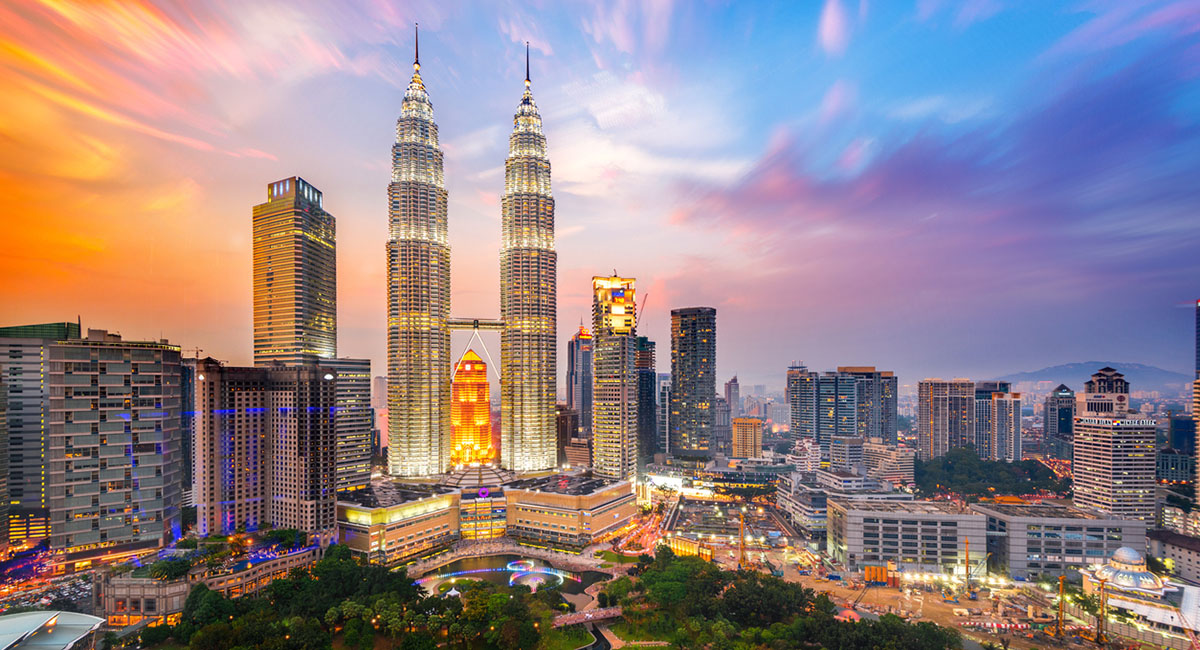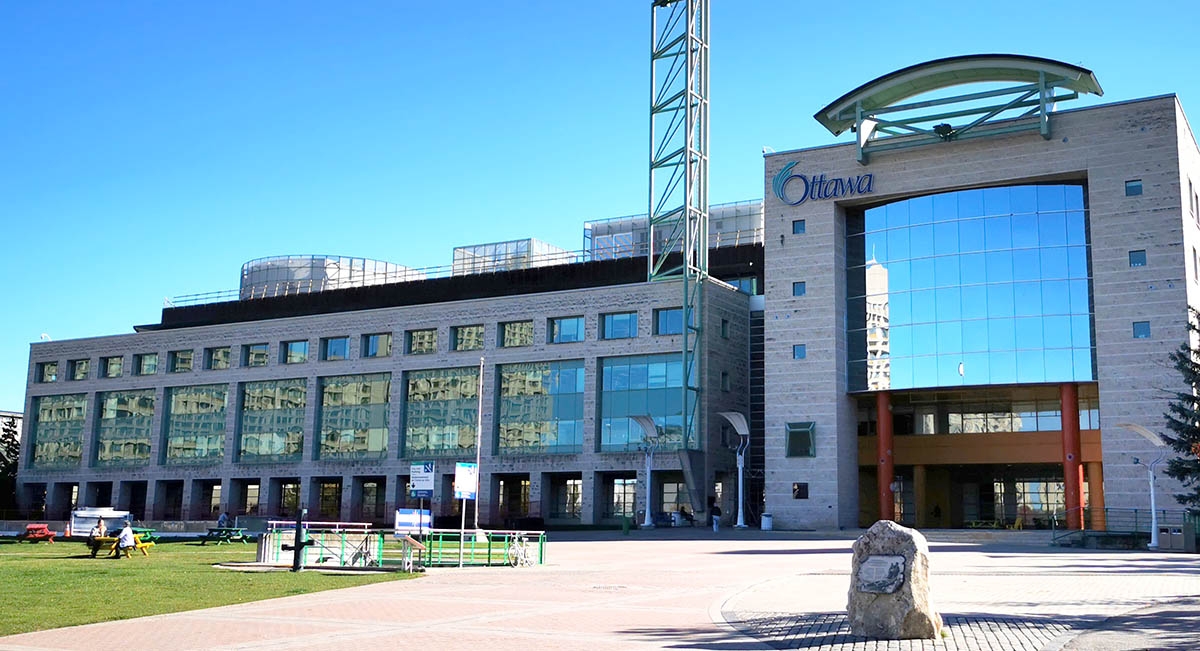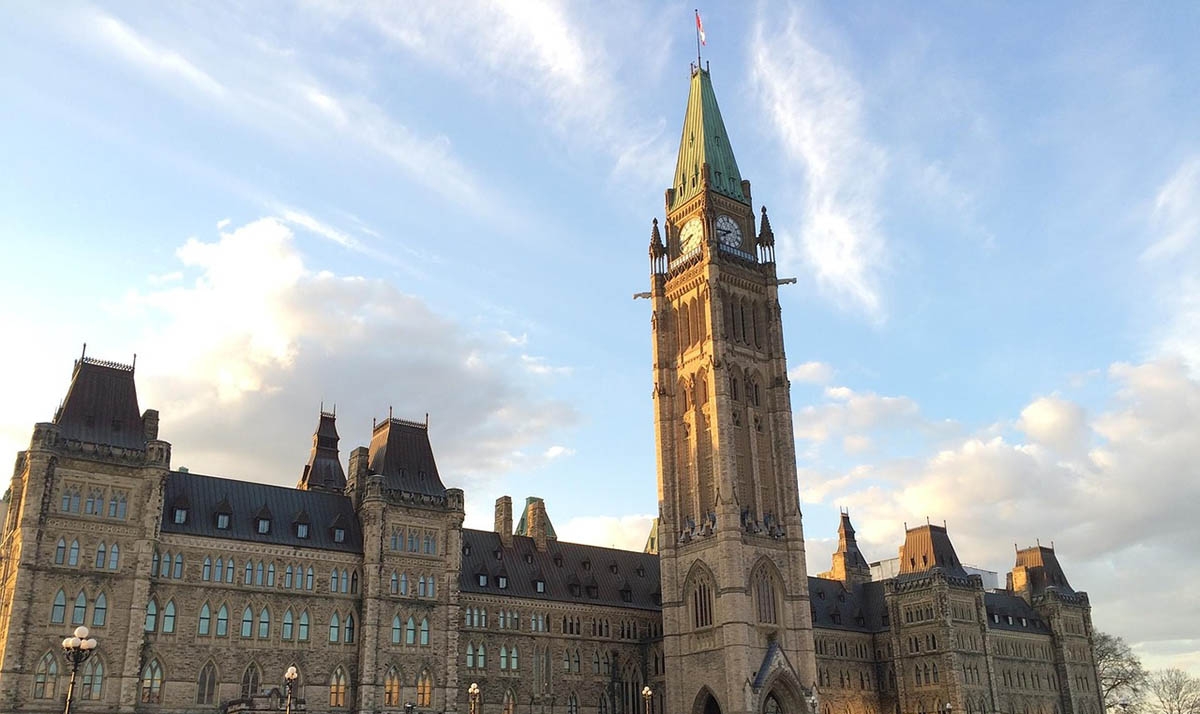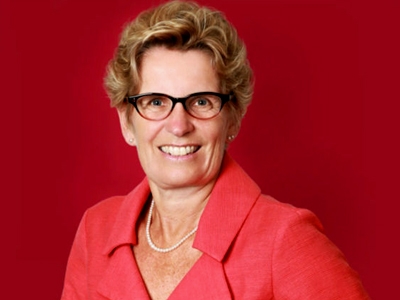
Carney’s Pivot Balances U.S. Tensions and China’s Influence at 46th ASEAN Summit
Canada is facing economic and diplomatic challenges with both the United States and China while working to secure its future in an increasingly competitive global market. Prime Minister Mark Carney has made it clear that his government’s priority is to act in Canada’s best interest, focusing on trade diversification and reducing reliance on the U.S. In keeping with that strategy, Canada was a full participant in the 46th ASEAN Summit, held last week in Kuala Lumpur, Malaysia.
The summit brought together leaders from the 10 ASEAN member states, as well as key partners, including China, the European Union, Canada, and Australia. One of the most significant outcomes was the reaffirmation of the ASEAN-Canada Strategic Partnership, which aims to deepen cooperation in trade, investment, and digital economy initiatives. The meeting also highlighted the near-finalization of the ASEAN-Canada Free Trade Agreement (ACAFTA), expected to boost market access and strengthen economic ties between the two regions.
China’s presence at the conference was particularly notable. While Western nations debate protectionist policies, China has been steadily expanding its trade footprint across ASEAN. The Regional Comprehensive Economic Partnership (RCEP), which includes China and ASEAN nations, has already positioned the region as a dominant force in global trade. Chinese investment in Southeast Asia continues to grow, particularly in infrastructure, technology, and renewable energy, further solidifying its influence.
At the same time, Canada’s relationship with China has been complicated by recent political and trade conflicts. China has imposed tariffs on Canadian agricultural and seafood exports in response to Canada’s own tariffs on Chinese electric vehicles, steel, and aluminium. Despite these tensions, China remains Canada’s second-largest trading partner, with bilateral trade reaching $134 billion in 2024. Meanwhile, Canada’s trade with the United States remains its largest economic relationship, surpassing $1 trillion in total trade in 2024.
ASEAN’s economic growth is expected to continue at a strong pace, with projections indicating a 4.7 percent GDP growth rate in 2025. Trade within ASEAN is valued at approximately $3.5 trillion, nearly matching the region’s total GDP, and is expected to expand further due to increased regional integration and investment.
Canada’s Ambassador Victoria Singmin, speaking at the summit, stated, “ASEAN is proving to be one of the most dynamic economic regions in the world. Canada recognizes the importance of strengthening our ties here, ensuring we remain competitive in a rapidly evolving global market. It’s clear that the relationships being formed in this region will have lasting global implications, and Canada intends to be part of that growth.”
Cyrus Janssen, a geopolitical analyst and China expert, observed that while the West is preoccupied with internal conflicts, China is successfully building stronger trade relationships worldwide. He argued that “economic sanctions and ineffective U.S. foreign policy have led to de-dollarization and BRICS creating an alternative financial system to the United States-dominated one.”
Prime Minister Carney has made it his priority to recalibrate Canada’s trade strategy with the U.S. following his meeting with President Donald Trump on May 6, 2025. At the meeting, Carney firmly stated, “Canada is not for sale, ever.” This was in direct response to Trump’s repeated suggestions that Canada should become the 51st U.S. state. He also emphasized Canada’s independent economic strategy, saying, “We recognize that our trading relationship with the U.S. is still profoundly and adversely affected, but our priority is to establish a new economic and security relationship that serves Canada’s best interests.”
Canada’s participation in the ASEAN summit aligns with Carney’s commitment to ensuring Canada’s trade policies are driven by national interests rather than external pressures. For Canada, ASEAN’s rise presents both an opportunity and a challenge. The region’s commitment to free trade, digital transformation, and sustainable development makes it an attractive partner, but Western nations must act quickly to secure their place in this evolving landscape.
The ASEAN-Canada Free Trade Agreement, expected to be finalized later this year, could be a crucial step in strengthening economic ties. However, as China continues to deepen its influence in the region, Canada’s growing engagement with ASEAN and China may signal a broader shift toward a business-first approach, where economic interests take precedence over political tensions.
The 46th ASEAN Summit made one thing clear: Southeast Asia is moving forward, and Canada is positioning itself to be part of that growth.
For more details on ASEAN’s latest initiatives, visit https://seasia.co/2025/04/30/inside-southeast-asia-booming-trade-ecosystem
Header image: Petronas Towers in Kuala Lumpur, also known as Menara Petronas, were the tallest buildings in the world from 1998 to 2004. (iStock)










